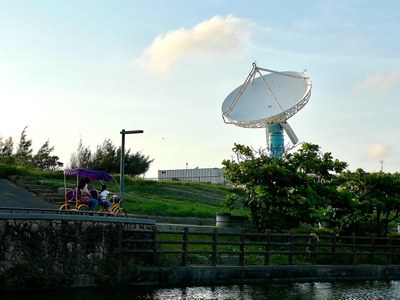Penn State scientists join Pacific field campaign to study extreme rainfall

July 27, 2022 by Matthew Carroll
UNIVERSITY PARK, Pa. — Penn State researchers spent their summer in one of the world’s wettest regions as part of an international effort to study extreme rainfall, hazardous weather events that can trigger deadly and damaging events like flooding and landslides.
The researchers are participating in the Prediction of Rainfall Extremes Campaign in the Pacific (PRECIP), a $6 million field campaign in Taiwan and Japan funded by the National Science Foundation to improve our understanding of the processes that produce extreme precipitation.
“Our goal is to get a better understanding of what the underlying factors are for the events that create the most extreme precipitation,” said Anthony Didlake, associate professor of meteorology at Penn State and an investigator on the project. “We want to study extreme precipitation events that span the spectrum of short-duration heavy rain to long-duration light rain.”
PRECIP scientists aim to identify key physical processes and environmental variables for these events and to improve models for forecasters predicting severe rainstorms around the world.
